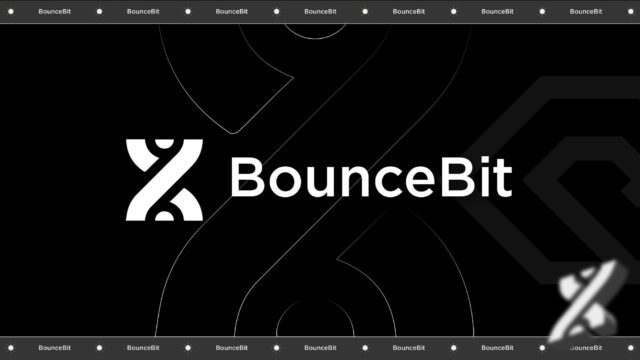The cryptocurrency market offers a vast array of opportunities to generate yield on your holdings. However, navigating the complexities of both Centralized Finance (CeFi) and Decentralized Finance (DeFi) can be challenging. BounceBit aims to bridge this gap by introducing a comprehensive CeDeFi infrastructure that merges the benefits of both worlds.
This guide delves into BounceBit’s innovative approach, explaining how users can maximize yield while prioritizing security and sustainability.
BounceBit’s CeDeFi Advantage
BounceBit’s CeDeFi infrastructure tackles a critical challenge in the crypto space: capital inefficiency. By combining CeFi’s regulated custody with DeFi’s flexibility, BounceBit allows users to earn yield from multiple sources through a single product. This streamlined approach fosters a more sustainable and efficient model for yield generation.
Related Post: Boost Your CI/CD: How GitHub Slashed iOS App Testing Time by 60% with Apple Silicon
Understanding Liquid Custody Tokens (LCTs): BBUSD and stBBTC
BounceBit introduces Liquid Custody Tokens (LCTs) – innovative instruments that represent your deposited assets held in secure, regulated custody. Here’s a breakdown of the two primary LCTs:
-
BBUSD: This LCT is pegged 1:1 to the value of USD Coin (USDC) and Tether (USDT). By subscribing to the BBUSD Premium Yield strategy, users can earn USDT yield through Funding Rate Arbitrage while simultaneously receiving node staking rewards. However, subscribing to Premium Yield is mandatory to be eligible for BB rewards.
-
stBBTC: This LCT represents staked Bitcoin (BTC) held in regulated custody. By subscribing to the BTC Premium Yield strategy with stBBTC, users earn BTC yield via Funding Rate Arbitrage and node staking rewards. Unlike BBUSD, subscribing to Premium Yield is not required to receive BB rewards from node staking. However, to obtain stBBTC and maximize yield, users need to first stake their BBTC on a node through the BounceBit Portal or BBScan.
Getting Started with BounceBit: A Step-by-Step Guide
BounceBit offers a user-friendly platform to seamlessly navigate their CeDeFi ecosystem. Here’s a step-by-step guide to get started:
-
Obtaining BBUSD or stBBTC:
- Visit the BounceBit Portal and connect your crypto wallet.
- Select the network corresponding to your desired deposit currency (e.g., Ethereum for BBUSD).
- Enter the deposit amount and approve the transaction in your wallet.
- Upon approval, you’ll receive BBUSD or BBTC in your wallet.
-
Bridging to BounceBit Chain (For Participating in Node Staking):
- Switch to the “Bridge” tab on the BounceBit Portal.
- Select the asset, originating chain, and amount you wish to bridge. Confirm the transaction.
- Approve the spending cap and bridging transaction in your wallet.
- Once bridged, you can view your balance on the BounceBit Mainnet and track transactions on bbscan.io.
-
Obtaining stBBTC from BBTC (Optional):
- Navigate to the “Stake” tab on the BounceBit Portal.
- Switch to the BBTC tab, enter the amount to be staked, and confirm the transaction in your wallet.
- After successful completion, you’ll receive stBBTC as a voucher.
-
Subscribing to Premium Yield:
- Ensure you have a supported LCT (BBUSD, BBTC, or stBBTC) on the appropriate chain (BB Chain, BSC, or Ethereum).
- Navigate to the BounceBit Premium Portal and choose a desired strategy.
- Enter the amount to stake, confirm the transaction in your wallet, and await approval.
- Upon successful subscription, you can monitor your Premium Staking data on the BounceBit platform.
Conclusion
BounceBit’s CeDeFi infrastructure presents a compelling solution for crypto users seeking to maximize yield while prioritizing security and long-term sustainability. By combining the strengths of CeFi and DeFi, BounceBit offers a streamlined and efficient approach to capital utilization in the crypto market.





